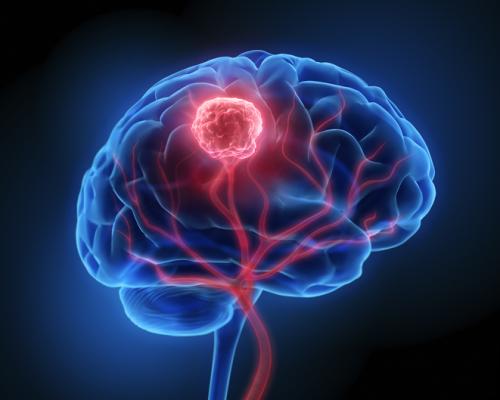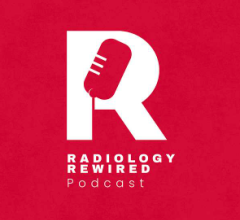
Getty Images
July 14, 2021 — The Radiological Society of North America (RSNA), the American Society of Neuroradiology (ASNR), and the Medical Image Computing and Computer Assisted Interventions (MICCAI) society have announced the launch of the 10th annual Brain Tumor Segmentation (BraTS) challenge.
The RSNA/ASNR/MICCAI BraTS 2021 challenge focuses on brain tumor detection and classification, utilizing multi-parametric magnetic resonance imaging (mpMRI) scans. It represents the culmination of a decade of BraTS challenges, offering a large and diverse dataset with detailed annotations and an important associated biomarker.
“RSNA has significantly ‘upped their game’ with this year’s Brain Tumor Classification Challenge,” said Adam E. Flanders, M.D., who serves on the RSNA Machine Learning Subcommittee. “It is our first AI Challenge to use MRI, and it is also our first to address an oncology problem — brain cancer.”
Another novel aspect of the challenge is that it addresses two very clinically relevant tasks: (1) to develop the most accurate automated method to measure the size of the visual components of a cancer—this has implications in being able to precisely track growth or response of the cancer to treatment—and (2) to develop a reliable non-invasive method to predict the presence of specific genetic features in the tumor from the MR images alone.
“These genetic markers are indicators of treatment response and survival,” Flanders said. “This has potential use in planning for customized therapies even before surgery is performed.”
Participants may choose to compete in one or both of the challenge tasks.
In the first task, Brain Tumor Segmentation, participants build models that produce detailed segmentations of brain tumor sub-regions that correspond to those created by neuroradiologists. Such segmentations could enable improvements in computer-assisted surgery, radiotherapy guidance and disease progression monitoring.
For second task, Brain Tumor Radiogenomic Classification, participants build models that use mpMRI imaging to predict MGMT (O[6]-methylguanine-DNA methyltransferase) promoter methylation status. Such radiogenomic models could improve the efficiency and accuracy of diagnosis, prognosis and treatment planning for patients with glioblastoma.
Glioblastoma and diffuse astrocytic glioma with molecular features of glioblastoma are the most common and aggressive malignant primary tumors of the central nervous system in adults. Glioblastoma patients have very poor prognosis, and the current standard of care comprises surgical resection followed by radiotherapy and chemotherapy. The methylation of DNA repair enzyme MGMT’s promoter in newly diagnosed glioblastoma has been identified as a favorable prognostic factor and a predictor of chemotherapy response. Determination of MGMT promoter methylation status in newly diagnosed glioblastoma can influence treatment decision making.
Final model submission is due October 12. Winners will be announced on November 23 and recognized recognized in an event in the AI Showcase Theater at RSNA 2021 on Monday, November 29. Prize money for the top entries in each task is provided by Intel, NeoSoma and RSNA.
For more information: RSNA.org/AI-image-challenge


 December 24, 2025
December 24, 2025 









